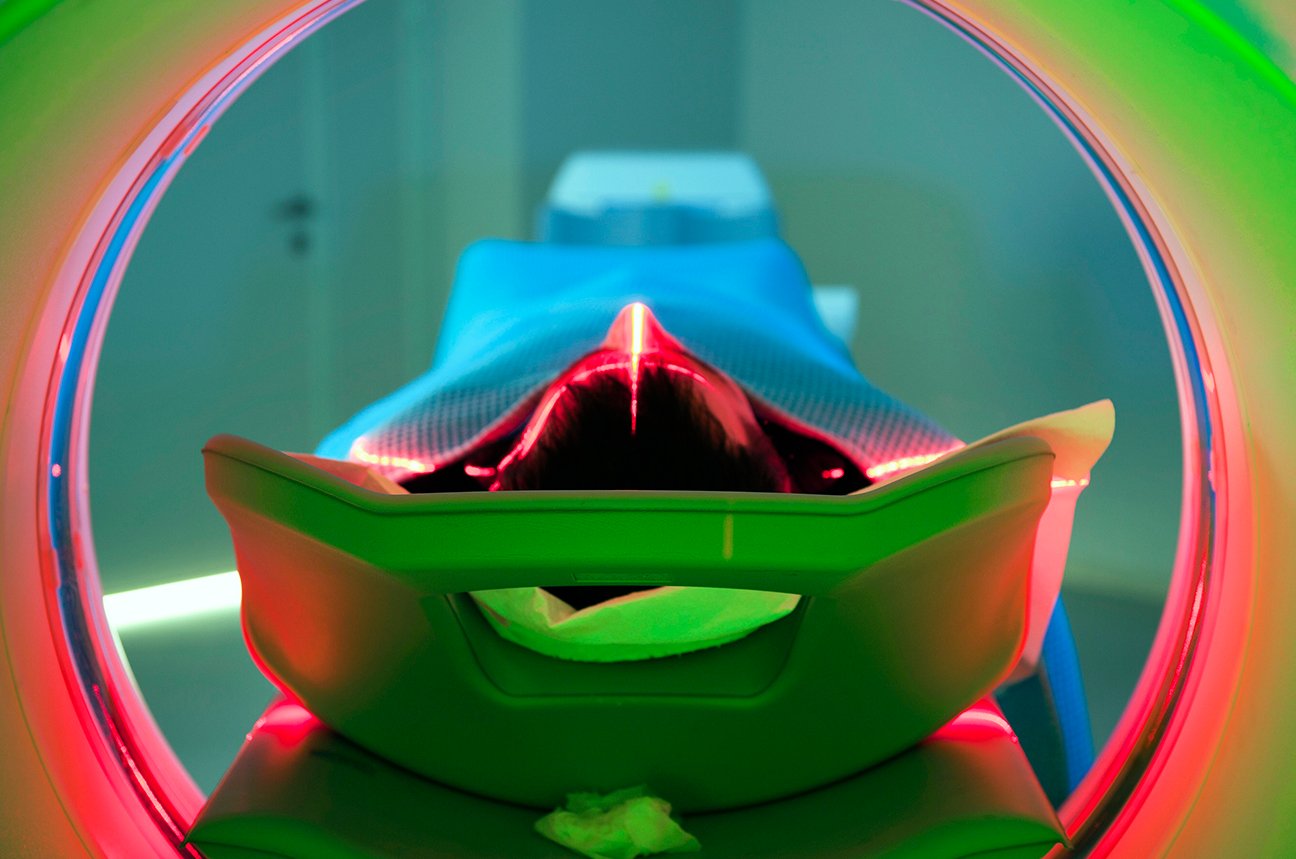- Diseases
- Acoustic Neuroma (14)
- Adrenal Gland Tumor (24)
- Anal Cancer (66)
- Anemia (2)
- Appendix Cancer (16)
- Bile Duct Cancer (28)
- Bladder Cancer (68)
- Brain Metastases (28)
- Brain Tumor (228)
- Breast Cancer (716)
- Breast Implant-Associated Anaplastic Large Cell Lymphoma (2)
- Cancer of Unknown Primary (4)
- Carcinoid Tumor (8)
- Cervical Cancer (154)
- Colon Cancer (164)
- Colorectal Cancer (110)
- Endocrine Tumor (4)
- Esophageal Cancer (42)
- Eye Cancer (36)
- Fallopian Tube Cancer (6)
- Germ Cell Tumor (4)
- Gestational Trophoblastic Disease (2)
- Head and Neck Cancer (6)
- Kidney Cancer (124)
- Leukemia (344)
- Liver Cancer (50)
- Lung Cancer (288)
- Lymphoma (284)
- Mesothelioma (14)
- Metastasis (30)
- Multiple Myeloma (98)
- Myelodysplastic Syndrome (60)
- Myeloproliferative Neoplasm (4)
- Neuroendocrine Tumors (16)
- Oral Cancer (100)
- Ovarian Cancer (170)
- Pancreatic Cancer (166)
- Parathyroid Disease (2)
- Penile Cancer (14)
- Pituitary Tumor (6)
- Prostate Cancer (144)
- Rectal Cancer (58)
- Renal Medullary Carcinoma (6)
- Salivary Gland Cancer (14)
- Sarcoma (236)
- Skin Cancer (294)
- Skull Base Tumors (56)
- Spinal Tumor (12)
- Stomach Cancer (60)
- Testicular Cancer (28)
- Throat Cancer (90)
- Thymoma (6)
- Thyroid Cancer (98)
- Tonsil Cancer (30)
- Uterine Cancer (78)
- Vaginal Cancer (14)
- Vulvar Cancer (18)
- Cancer Topic
- Adolescent and Young Adult Cancer Issues (20)
- Advance Care Planning (10)
- Biostatistics (2)
- Blood Donation (18)
- Bone Health (8)
- COVID-19 (362)
- Cancer Recurrence (120)
- Childhood Cancer Issues (120)
- Clinical Trials (624)
- Complementary Integrative Medicine (24)
- Cytogenetics (2)
- DNA Methylation (4)
- Diagnosis (230)
- Epigenetics (6)
- Fertility (62)
- Follow-up Guidelines (2)
- Health Disparities (14)
- Hereditary Cancer Syndromes (122)
- Immunology (18)
- Li-Fraumeni Syndrome (8)
- Mental Health (118)
- Molecular Diagnostics (8)
- Pain Management (62)
- Palliative Care (8)
- Pathology (10)
- Physical Therapy (18)
- Pregnancy (18)
- Prevention (892)
- Research (390)
- Second Opinion (74)
- Sexuality (16)
- Side Effects (602)
- Sleep Disorders (10)
- Stem Cell Transplantation Cellular Therapy (216)
- Support (404)
- Survivorship (322)
- Symptoms (184)
- Treatment (1770)
Ovarian cancer stages: How they are determined
4 minute read | Published October 20, 2022
Medically Reviewed | Last reviewed by an MD Anderson Cancer Center medical professional on October 20, 2022
When doctors diagnose a patient with ovarian cancer, a gynecologic oncologist will need to determine what stage it is. If you or a loved one has received an ovarian cancer diagnosis, you may be wondering what the cancer stage means – or what to expect when your doctor determines staging.
Here’s what to know.
Ovarian cancer stages are different from those of other cancer types
Stage refers to the size, location and extent of the disease – that is, how large it has grown and whether it has spread to other parts of the body. Ovarian cancer can range from stage I through IV.
Different cancer types have different stages. With ovarian cancer, the cell type and grade are also important for planning treatment. A pathologist will look at the cancer cells under a microscope to determine the cell type and the “grade” of cancer (usually Grade 1, 2, or 3). High-grade cancers (Grade 3) usually behave more aggressively than low-grade (Grade 1).
While many types of ovarian cancer use a 3-tier grading system (grades 1,2,3), doctors describe the “serous” cell type as only high or low-grade (without the number). Serous ovarian cancer is the most common type, accounting for 70% of all ovarian cancer cases. Other common types of ovarian cancer include endometrioid, clear cell, mucinous, germ cell tumors and stromal tumors.
Surgical staging is used to diagnose stage I and stage II ovarian cancer
Ovarian cancer staging is often done during surgery. “If I have a patient with an ovarian mass on a CT scan but nothing else concerning is seen, we would do a staging surgery to remove the ovary to confirm if there is cancer present and look around to see if there are other signs of possible cancer that the CT didn’t pick up,” says gynecologic oncologist Lauren Cobb, M.D. “Then, we would proceed with staging surgery if the ovary is cancerous but is the only visible site of disease. In that case, our staging surgery would include removal of the ovaries, fallopian tubes, uterus, omentum (a fatty apron of tissue that hangs from the colon) and some nearby lymph nodes.”
A pathologist will look at everything removed during surgery and confirm if anything else contains cancer. If only the ovary is cancerous, it is stage I ovarian cancer. If other pelvic tissues show signs of cancer, such as the outer part of the uterus or the pelvic tissue near the ovary, it is stage II ovarian cancer.
Cancer that has spread to the lymph nodes or beyond is stage III or IV
During staging surgery, doctors examine nearby lymph nodes to see if cancer has spread throughout the body. Lymph nodes are small clusters of cells that form a bean-shaped “node” structure. Lymph nodes are located everywhere in your body, such as the neck, underarms, chest, abdomen, and groin. They form a network to help the body fight infection. Cancer cells can sometimes travel through the lymph system to other places in the body.
If doctors do a staging surgery and find ovarian cancer in the lymph nodes, they automatically consider it stage III, Cobb says. That’s true even if they originally thought it was found early and didn’t see anything else during surgery.
Stage III disease means that ovarian cancer has spread beyond the pelvis to other areas in the abdomen or lymph nodes. Stage IV disease means that the disease has spread beyond the abdominal cavity – for example, inside the liver or the lung.
For stage III disease, doctors can still perform surgery first, but it is a “cytoreductive” or “debulking” surgery. This means they remove all visible cancer outside the ovary.
Stage III and stage IV ovarian cancer
If ovarian cancer is in stage IV or widespread stage III, doctors may not be able to fully remove it during surgery. Some patients may also have medical issues that make a long surgery unsafe. In these cases, doctors often give chemotherapy to shrink the cancer before considering surgery. Doctors will do a biopsy as an outpatient procedure instead of doing staging surgery to confirm the cancer diagnosis. When this happens, the stage is determined by looking at a CT scan and doing a physical exam.
After chemotherapy has shrunk the cancer, doctors consider performing surgery to remove as much remaining cancer as they can and then usually give more chemotherapy
Accurate ovarian cancer staging is vital to effective treatment
Staging helps doctors categorize ovarian cancer and determine the best treatment options for each patient. For example, if a patient has stage I ovarian cancer, they might have surgery to preserve fertility depending on the type of ovarian cancer. But if a patient has stage III or IV ovarian cancer, doctors treat the disease with a combination of cytoreductive surgery and chemotherapy.
“That’s why it’s so important to take the time to get your cancer accurately staged by an expert,” Cobb says. “If you don’t feel confident with the care you’re receiving, it’s best to take the extra time to get a second opinion.”
Request an appointment at MD Anderson online or by calling 1-855-371-6974.

It’s so important to take the time to get your cancer accurately staged by an expert.
Lauren Cobb, M.D.
Physician





